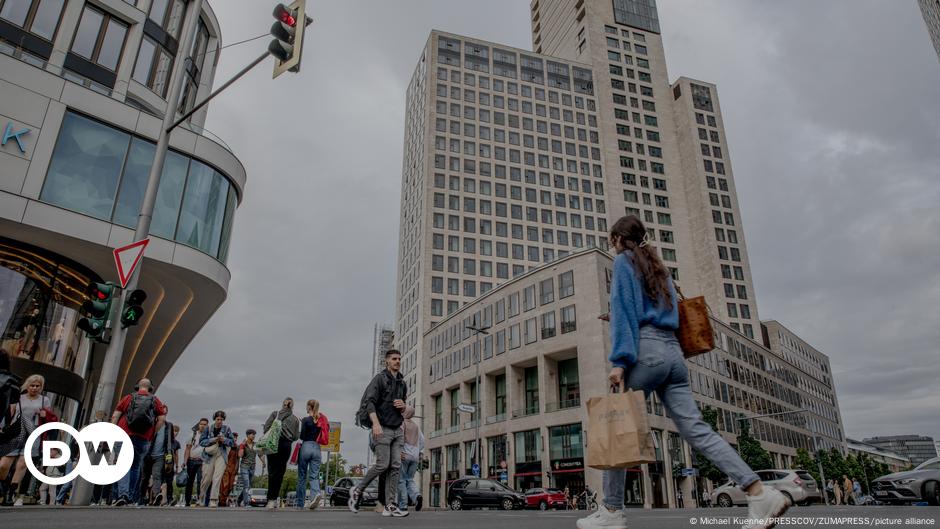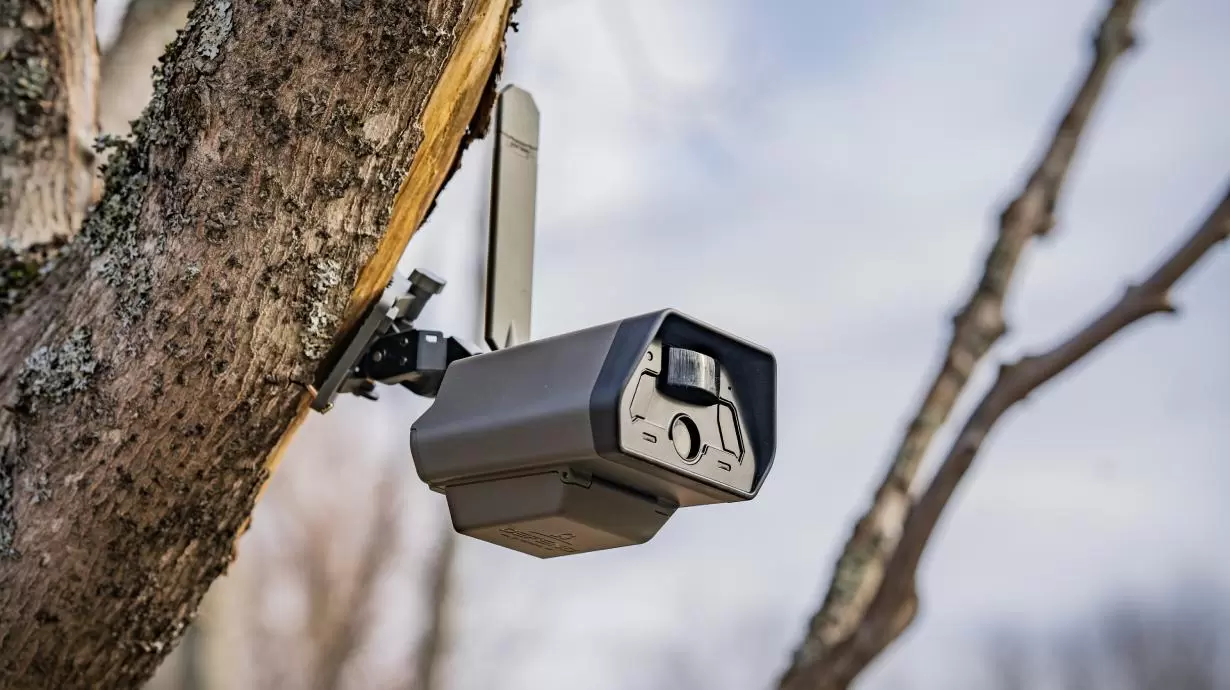Bussiness
There’s a silver lining to California’s $20 fast-food wage, restaurant bosses say: it’s attracting better workers
Restaurant executives told Business Insider that California’s new $20 minimum wage for fast-food workers has at least one clear silver lining for their businesses: Better-quality candidates are applying for jobs.
California raised its minimum wage for workers at limited-service chains with at least 60 locations nationwide by 25% to $20 an hour on April 1. Restaurants have raised menu prices, turned to technology, and looked for other operational efficiencies to offset the impact of higher wages.
“If there’s a silver lining in all that, it’s it’s greatly improved the availability of labor for QSR [quick-service restaurants] at least temporarily in California,” Jim Holthouser, CEO of GoTo Foods, which owns brands including Cinnabon, Auntie Anne’s, Jamba, and Moe’s Southwest Grill, told Business Insider.
“You can go to a QSR restaurant and you’re now paid $20 an hour,” he said.
Betsy Schmandt, COO and president of A&W Restaurants, echoed Holthouser’s views.
“We’re seeing actually a big influx of labor coming to our restaurants,” she said. “People are moving from other industries into restaurants because of this. So we’re actually seeing an increase in quality of labor.”
But the effects of this could be short-lived, as restaurants that are exempt from the legislation and businesses in other industries are expected to boost the wages of low-paying roles to compete with QSR chains for workers.
The minimum wage was introduced to help fast-food workers cope with California’s astronomical living costs. Some workers in the industry work multiple jobs to make ends meet. But the legislation faced fierce opposition from the industry, including trade associations and leading chains, who argued that it would cost jobs and make fast food unaffordable.
Holthouser said that the new wage had “forced” GoTo Foods’ restaurants in California to raise prices, but added that it had also pushed the company to innovate and think about ways to cut costs, including through technology.
Schmandt said that A&W’s restaurants had raised prices in California to cover the new wage, but that a lot of their staff had been making “pretty close to the $20 already, so it wasn’t a huge leap.” Digital kiosks could help take some of the labor pressure off, she said.
Are you a fast-food worker, franchisee, or restaurant manager in California? Email this reporter at gdean@insider.com.










